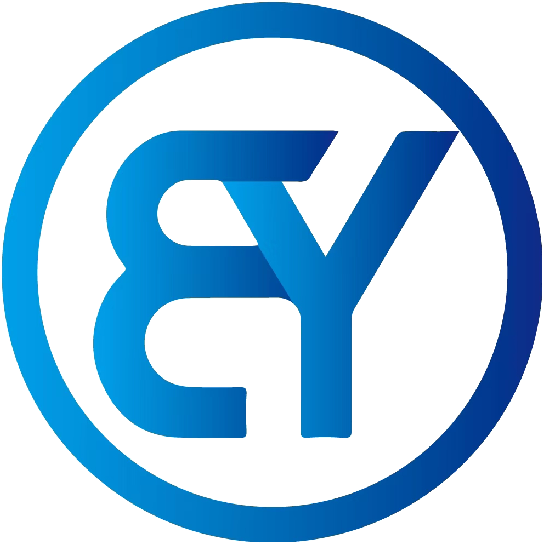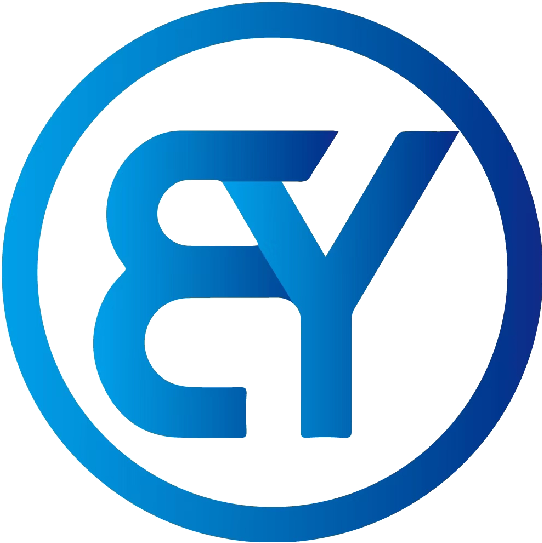Mastering Copper Pipe Fittings: A Comprehensive Guide
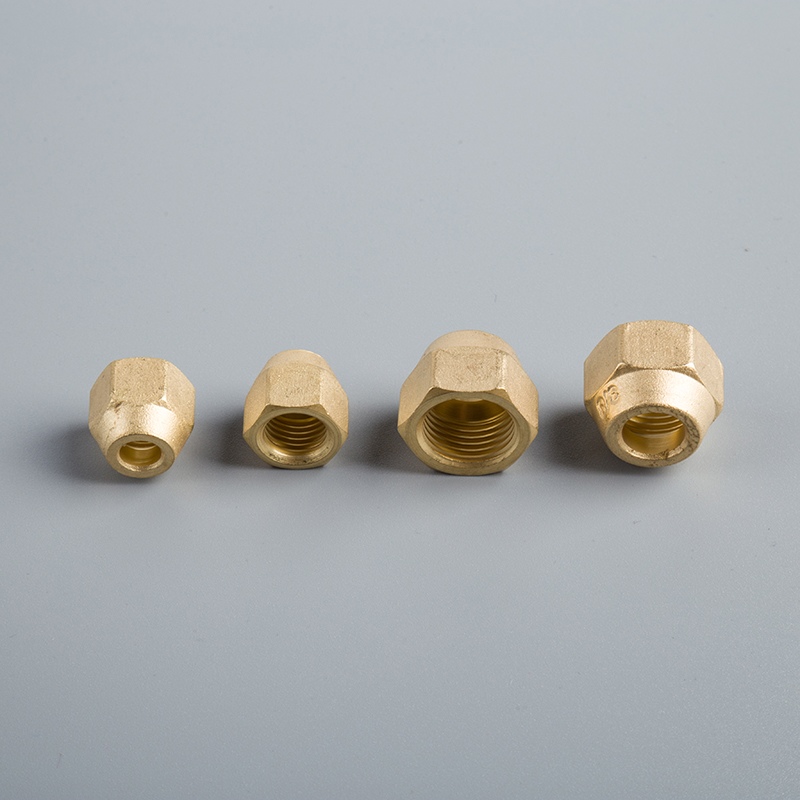
Copper pipe fittings play a crucial role in plumbing systems, ensuring secure connections and efficient water flow. This comprehensive guide dives deep into the world of copper pipe fittings, offering valuable insights for both beginners and seasoned professionals. From exploring different copper pipe sizes to mastering the art of soldering copper pipe, this guide covers it all. Get ready to unravel the secrets of 1/2" copper pipe and 3/4" copper pipe fittings, equipping you with the knowledge to tackle any plumbing project with confidence.
Understanding Copper Pipe Fittings
When it comes to plumbing systems, copper pipe fittings are the unsung heroes that ensure seamless connections and optimal water flow. Understanding the different types of copper pipe fittings is essential for any plumbing project, whether it's a simple repair or a complex installation.
Types of Copper Pipe Fittings
Press Fittings
Press fittings are a popular choice due to their efficiency and reliability in creating watertight seals. By utilizing specialized tools, such as press fitting tools, professionals can quickly and securely join copper pipes without the need for soldering or welding.
Solder Joint Fittings
Solder joint fittings, also known as sweat fittings, require a bit more finesse during installation. With the use of solder wire and soldering tools, these fittings create strong bonds between copper pipes, ensuring long-lasting connections that withstand high water pressure.
Push-to-Connect Fittings
Push-to-connect fittings have revolutionized plumbing work by offering a quick and straightforward way to connect copper pipes. These fittings eliminate the need for complex tools or techniques; simply push the pipe into the fitting for an instant, leak-proof connection.
Copper Pipe Sizes
Standard Sizes
Copper pipes come in a range of standard sizes to accommodate various plumbing needs. From smaller diameters suitable for residential projects to larger sizes ideal for commercial applications, understanding standard sizes is crucial for selecting the right components.
1/2" Copper Pipe
The 1/2" copper pipe is a common choice for many household plumbing tasks due to its versatility and compatibility with numerous fixtures and appliances. Whether it's repairing a leaky faucet or installing a new showerhead, having 1/2" copper pipe fittings on hand is essential.
3/4" Copper Pipe
For larger water supply lines or industrial settings, the 3/4" copper pipe offers increased flow capacity and durability. Its robust construction makes it suitable for demanding applications where reliable performance is paramount.
Applications of Copper Pipe Fittings
Residential Use
In residential settings, copper pipe fittings are indispensable for various tasks such as repairing leaks, installing new fixtures, or upgrading existing plumbing systems. Their versatility and durability make them a preferred choice among homeowners and professional plumbers alike.
Commercial Use
Commercial properties often rely on copper pipe fittings to maintain efficient water distribution systems that can withstand heavy usage. From office buildings to manufacturing facilities, these fittings play a vital role in ensuring uninterrupted water supply throughout the premises.
Tools and Materials
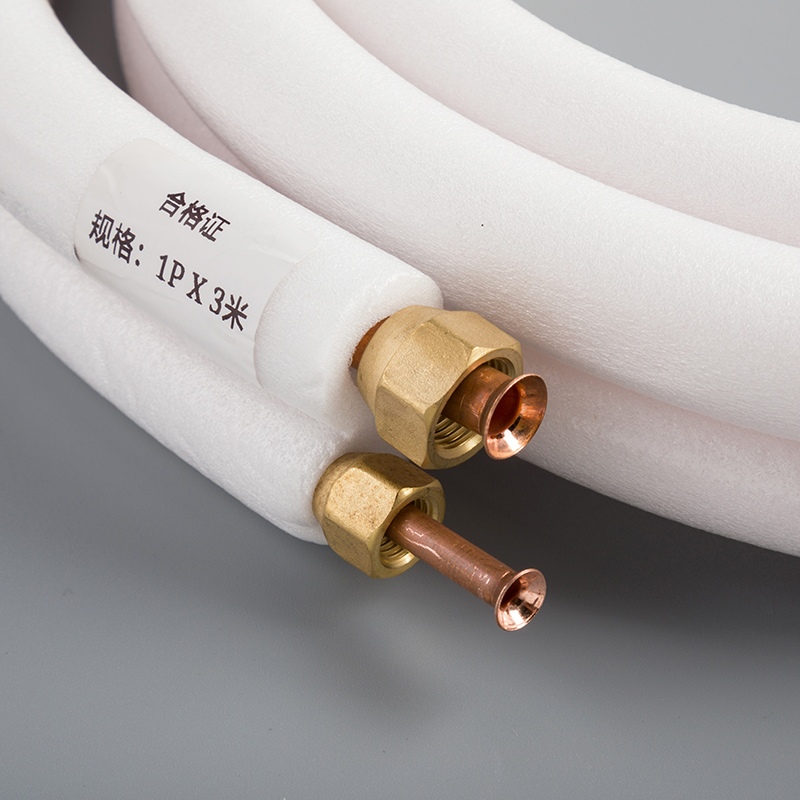
To ensure a successful plumbing project, having the right tools and materials is essential. Whether you are a seasoned professional or a DIY enthusiast, understanding the importance of each item can make a significant difference in the outcome of your work.
Essential Tools
PEX Crimp Tools
When working with PEX pipes, PEX crimp tools are indispensable for creating secure connections. These specialized tools allow you to crimp copper rings onto the pipe, ensuring leak-proof joints that withstand high water pressure. Investing in quality PEX crimp tools can streamline your installation process and provide peace of mind knowing that your connections are reliable.
Soldering Tools
For projects that require soldering copper pipe fittings, having the right soldering tools is crucial. A soldering iron or torch, flux, and lead-free solder wire are among the essentials needed to create strong bonds between copper pipes. Properly heating the joint and applying solder evenly ensures a durable connection that will last for years to come.
Press Fitting Tools
Press fittings have revolutionized plumbing work by offering a quick and efficient way to join copper pipes without the need for soldering or welding. To utilize press fittings effectively, you will need specialized press fitting tools that exert precise pressure to create watertight seals. These tools come in various sizes to accommodate different pipe diameters, allowing you to work on a wide range of projects with ease.
Materials Needed
Copper Pipes
The backbone of any plumbing system, copper pipes are known for their durability and reliability. Available in various sizes and types, copper pipes are suitable for both residential and commercial applications. When selecting copper pipes for your project, consider factors such as diameter, wall thickness, and intended use to ensure optimal performance and longevity.
Fittings
Copper pipe fittings play a crucial role in connecting different sections of piping together. From elbows and tees to couplings and adapters, there is a wide range of fittings available to suit various plumbing configurations. Choosing high-quality fittings that match the size and type of your pipes is essential for creating leak-free connections that withstand daily use.
Solder Wire
When using solder joint fittings, having the right solder wire is essential for achieving strong bonds between copper pipes. Opt for lead-free solder wire to comply with safety regulations and reduce environmental impact. Properly cleaning the surfaces to be soldered, applying flux, heating the joint evenly, and feeding solder into the connection ensures a secure bond that prevents leaks over time.
Installation Techniques
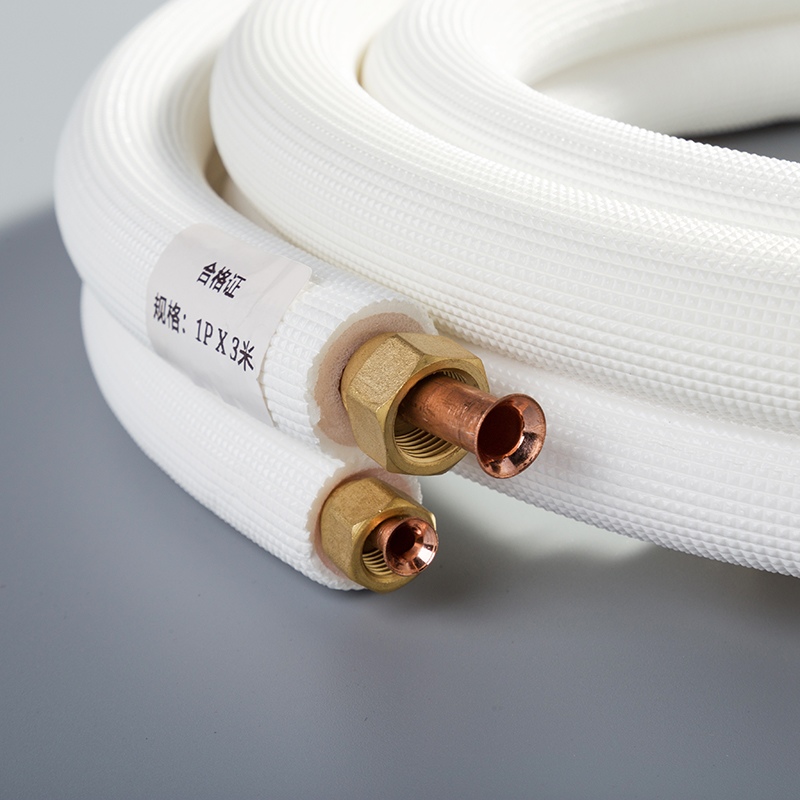
When soldering copper pipe, the first step is preparation. This involves cleaning the pipe and fittings thoroughly to ensure a secure bond. Next, apply flux to the cleaned surfaces to promote proper solder adhesion. Once the preparation is complete, it's time to move on to the soldering process. Heat the joint evenly using a soldering iron until the solder melts and flows into the connection. Allow the joint to cool and solidify before testing for leaks.
For those opting for press fittings, proper preparation is key to success. Begin by selecting the correct press fitting size for your pipes. Ensure that both pipe ends are cut cleanly and deburred to prevent any obstructions during assembly. With the pipes ready, proceed to the pressing process. Use a press fitting tool to exert precise pressure on the fitting, creating a watertight seal without the need for additional materials or heat.
When utilizing push-to-connect fittings, start with thorough preparation of the pipes and fittings involved in the connection. Check that both ends are free of debris or damage that could affect the seal. Once everything is set, proceed with the connecting process by simply pushing the pipe into the fitting until it reaches its stop point. The audible click indicates a secure connection, ready for immediate use without any waiting time.
In plumbing projects, mastering these installation techniques is crucial for ensuring reliable connections that withstand daily use without leaks or failures.
In summary, mastering the intricacies of copper pipe fittings is essential for successful plumbing projects. Understanding the various types and sizes of fittings, along with proper installation techniques, ensures reliable connections that withstand the test of time.
The significance of precise installation cannot be overstated, as it guarantees leak-proof joints and optimal water flow throughout the system.
Looking ahead, considering future advancements in fitting technology and adhering to industry best practices will elevate your plumbing skills to new heights. Stay informed and explore innovative solutions to enhance your expertise in copper pipe fittings.
See Also
The Definitive Manual for Premium Copper Pipe Fittings
Top 5 Must-Knows for 1/4 Copper Pipe Fittings
The Indispensable Handbook for 3-Inch Copper Pipe Fittings
